Maggots, Leeches & Worms, Oh My!
Maggots Make Medical Comeback
from Associated Press
WASHINGTON - Think of these wriggly little creatures not as, well, gross, but as miniature surgeons: Maggots are making a medical comeback, cleaning out wounds that just won't heal.
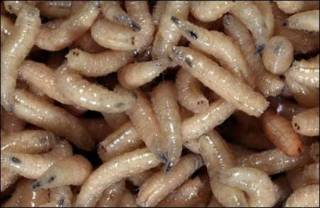
Wound-care clinics around the United States are giving maggots a try on some of their sickest patients after high-tech treatments fail.
It's a therapy quietly championed since the early 1990s by a California physician who's earned the nickname Dr. Maggot. But Dr. Ronald Sherman's maggots are getting more attention since, in January, they became the first live animals to win Food and Drug Administration approval - as a medical device to clean out wounds.
A medical device? They remove the dead tissue that impedes healing "mechanically," FDA determined. It's called chewing.
But maggots do more than that, says Sherman, who raises the tiny, wormlike fly larvae in a laboratory at the University of California, Irvine. His research shows that in the mere two to three days they live in a wound, maggots also produce substances that kill bacteria and stimulate growth of healthy tissue.
This has been quite a year for wormlike critters. In June, FDA also gave its seal of approval to leeches, those bloodsuckers that help plastic surgeons save severed body parts by removing pooled blood and restoring circulation. And in the spring, University of Iowa researchers reported early evidence that drinking whipworm eggs, which causes a temporary, harmless infection, might soothe inflammatory bowel disease by diverting the overactive immune reaction that causes it.

There's a little more yuck factor with maggots. Most people know of them from TV crime dramas, where infestations of bodies help determine time of death.
Actually, maggots' medicinal qualities have long been known. Civil War surgeons noted that soldiers whose wounds harbored maggots seemed to fare better. In the 1930s, a Johns Hopkins University surgeon's research sparked routine maggot therapy, until antibiotics came along a decade later.
Today, despite precise surgical techniques to cut out dying tissue, artificial skin and other high-tech treatments, hard-to-heal wounds remain a huge problem. Diabetic foot ulcers alone strike about 600,000 people annually and lead to thousands of amputations.
Drop maggots into the wound and cover with a special mesh to keep them in place. Two to three days later, after the maggots have eaten their fill, lift them off and dispose.
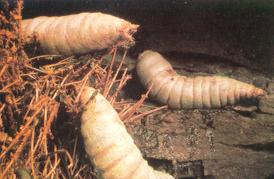
Patients say it's not that hard to accept. Pamela Mitchell of Akron, Ohio, begged to try maggots when surgeons wanted to amputate her left foot, where infection in an inch deep, 2-inch-wide diabetic ulcer had penetrated the bone. It took 10 cycles of larvae, but she healed completely.
How did they feel? On day 2, when the maggots were fat, "I could feel them moving, because they were ready to come out," she recalls. But, "if you're faced with amputation or the maggots, I think most people would try the maggots."







 what the Great Conjunction is. 'What's the Great Conjunction?'
what the Great Conjunction is. 'What's the Great Conjunction?' 




 A Is for Androids
A Is for Androids B Is for Boba
B Is for Boba C Is for Calvin
C Is for Calvin D Is for Dragons
D Is for Dragons E Is for Elric
E Is for Elric F Is for Futures
F Is for Futures G Is for Genie
G Is for Genie H Is for Hobbits
H Is for Hobbits I Is for Iceman
I Is for Iceman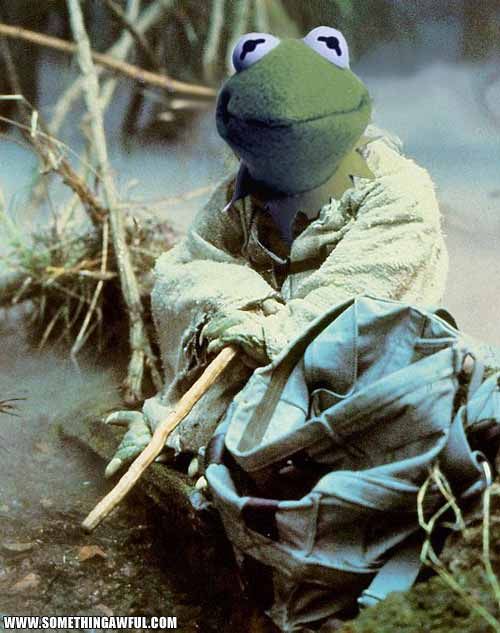 J Is for Jedi
J Is for Jedi K Is for Kraken
K Is for Kraken










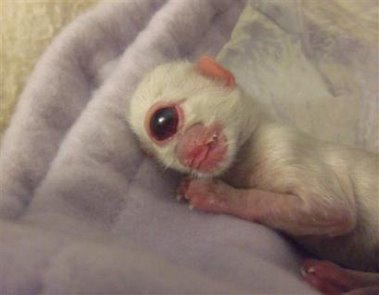

























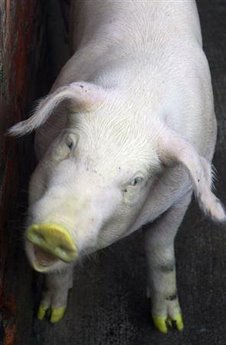




























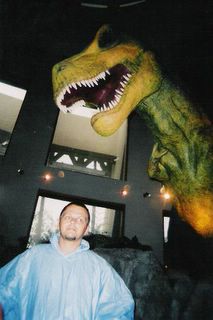



0 Comments:
Post a Comment
<< Home